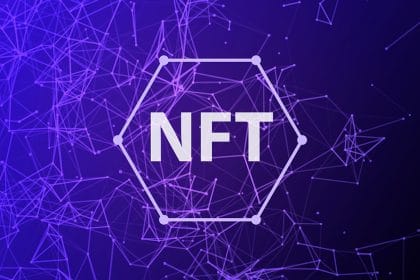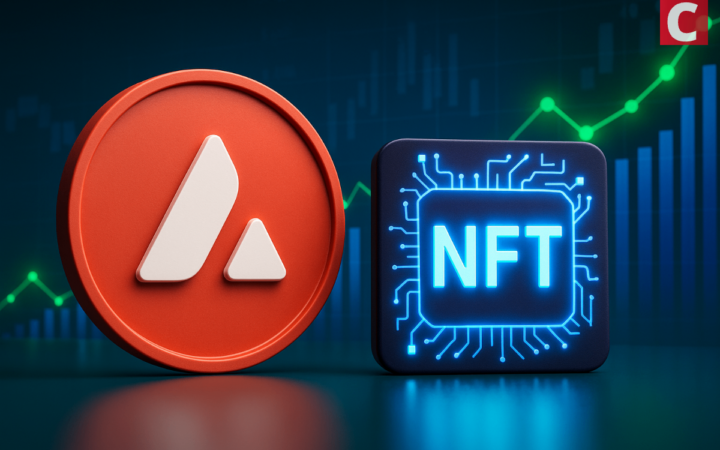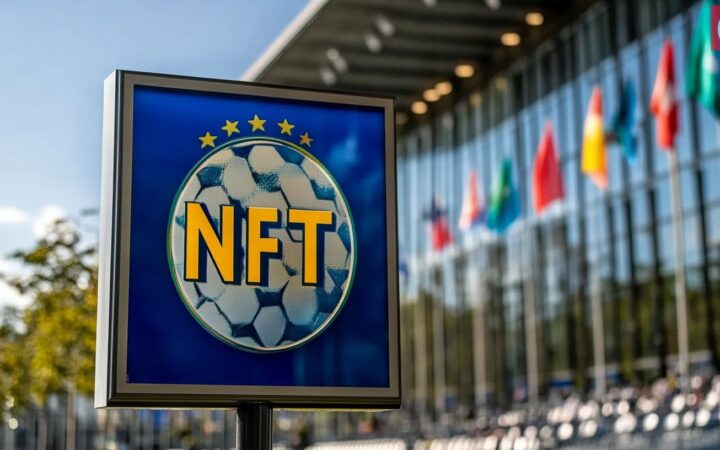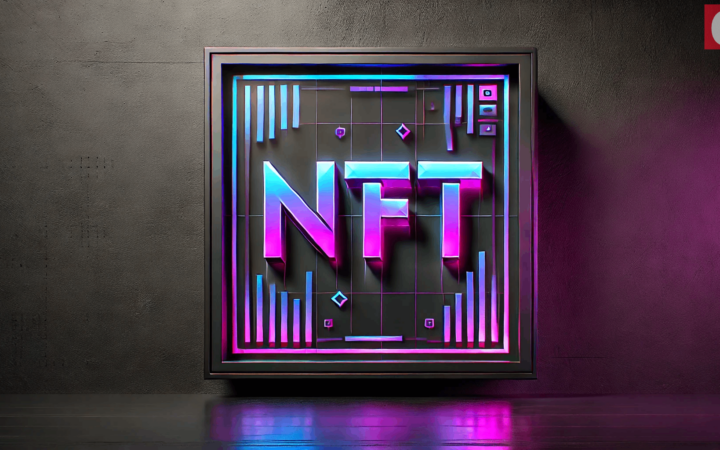NFT (non-fungible tokens) have spread beyond the world of cryptocurrencies and have managed to become very popular in the sphere of digital art. With the help of non-fungible tokens, each being a unique digital identificator, it is possible to visualize any item in the real world. This sphere has great potential for growth because the token confirms digital asset ownership, whose cost may reach hundreds of thousands of dollars. NFT burst into numerous industries and with each day gains popularity in fashion, sports, games and the entertainment industry – the NFT concept goes well beyond the collectibles market. If you build on this view, it is inevitable that anyone involved in advertising, communications, branding or in business in general, will soon need a good understanding of the NFT trend.
If you become wrapped up in the NFT world, you’ll notice a lot of marketing tricks that could be applied to the B2C and the B2B segment, including SaaS. At first glance, some ideas may seem somewhat weird, nevertheless, their realization could help a brand to stand out among its rivals. Integrating NFT into advertising campaigns, contests and exclusive collections could indeed create a buzz around limited edition products. Marketers have a special interest in the promotion of digital goods, the popularization of digital media, access control and the highest level of data confidentiality.
Let’s talk about the buzz. What brand would reject the opportunity to earn millions on a limited product with customers lining up to buy it? Of course, digital goods are not new at all. It is possible to find lots of examples in cyber sports, video games and digital art whereby non-fungible tokens are assigned to collectible pictures, e.g. NBA Top Shot – a store of the most significant episodes in NBA matches. The announcement of the release of a new pack itself generates a staggering flow of traffic on the platform, with copies of rare match moments being sent out within minutes of publication. The same story occurs when a new shoe model is announced on the Shoe Palace virtual store, it is immediately hunted, updates are constantly monitored and the limited collection is sold out within seconds. And what if the line between virtual and real is blurred? Nike is already doing this. Around a year ago, the company patented a line of NFT shoes called CryptoKicks, allowing customers to create their own design of sports shoes and then pick up the exclusive models from shops.
And what opportunities do B2B brands offer? For starters, to convert initially interchangeable products and provide an investigation report (which brands pay thousands of dollars to get) in NFT, takes the product out of its former functional value. This could include e-tickets to private events with opinion leaders and promo codes. No doubt, tokenized access will likely gain more and more popularity.
Moreover, for a long time now, competitions, various pranks and lotteries have been popular in marketing. NFT is another effective way to generate leads. For example, Instagram NBA Top Shot gives away NFTs to active users; you can participate by subscribing, giving likes and mentioning friends in comments. This is quite a simple example, however, other scenarios can be much more complicated and interesting. That is to say, getting thousands of people to commit targeted acts and share their personal data in order to register on a platform, would eventually create a huge customer base. The cost of such an event on the part of the organizer is zero and has the potential to incentivize thousands of people to download the developer’s application (e.g. the lottery organizer), share their name and surname, telephone number, social network accounts, email address, etc. Such an approach may be used for the release of new services and to attract a wide audience; the terms of the promotion campaign would motivate people to share the company’s news on social media.
I can’t help but mention the fact that NFT is a new way of licensing brands and their products, as well as being a means to generate brand awareness on an enormous scale. In fact, it is already being used as an additional marketing tool. Why? We have now entered into an experimental phase in the evolution of marketing practices. Brands benefit from following consumer trends before their competitors do. For example, Taco Bell has become the first fast-food chain to take advantage of the NFT trend: it has created its own crypto art collection in the form of NFT tokens to support Live Más scholarships.
Twenty-five pieces of digital art sold out on Rarible in 30 minutes. The digital ‘Always crunchy tacos’ was the most expensive art and sold for $3.6 thousand. NFT creation and sale was a smart move on the part of Taco Bell and caused a lot of buzz in the global mass media and on social networks – this is always good for business. Moreover, this example of success is due to the fact that the key factor now in making a purchase is the buyer’s conformity to the seller’s values (in this case the company’s values). Taco Bell supports a charity fund that cannot help but meet with the approval of the general public, which increases loyalty to the company and its products. Thus, Taco Bell both increased its brand recognition and supported a good cause.
Moreover, NFT is important for brands because it can take the form of artistic digital files such as images, audio and video, while providing the highest degree of copyright protection. How does it relate to a marketing strategy? I’ll explain: NFT has opened the door to a new way of telling the story of a brand as well as a new way of interacting with customers. Non-fungible tokens facilitate a unique brand experience, have a significant influence on brand recognition, encourage interaction with the audience as well as creating huge interest in the brand and products. As a result, it increases the conversion rate and consequently income. In addition, NFT provides brands with amazing opportunities for collaborations with artists and auction sites – charity auctions being a priority now (keep in mind the success of Taco Bell).
I’ll try to sum up. Since NFT is still at the beginning of its adoption, now it is the best time for marketeers to join this trend. NFT is an excellent way to draw attention and increase the loyalty of one’s audience. In marketing, it is essential to manage current trends, adopt a creative and non-standard approach, engage in collaborations, participate in promotion campaigns and create newsbreaks that will be covered by the mass media. Businesses must now quickly master new technologies and generate original ideas. Competition is growing every day, so take risks and act.
Disclaimer: Coinspeaker is committed to providing unbiased and transparent reporting. This article aims to deliver accurate and timely information but should not be taken as financial or investment advice. Since market conditions can change rapidly, we encourage you to verify information on your own and consult with a professional before making any decisions based on this content.

Chief Executive Officer at NFT STARS! and SpaceSwap. Executive board member of the Platinum.fund. International entrepreneur. Software developer. Property developer in Australia. Angel investor.





